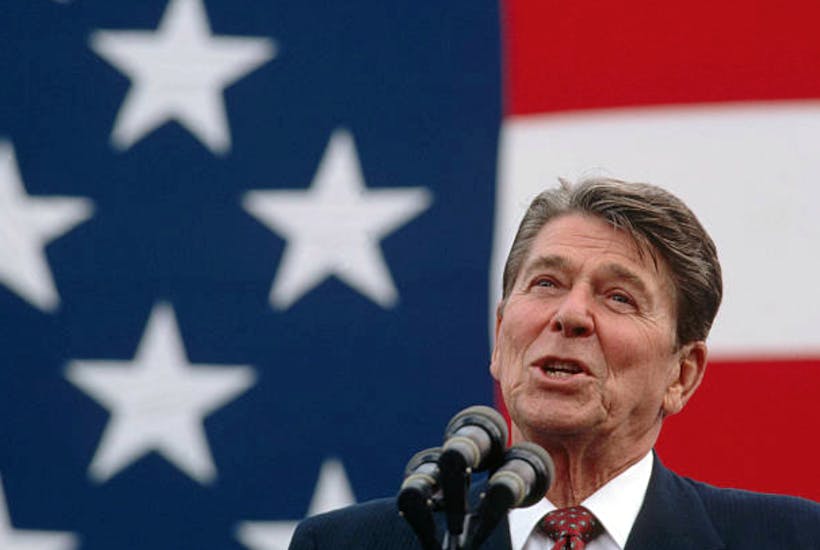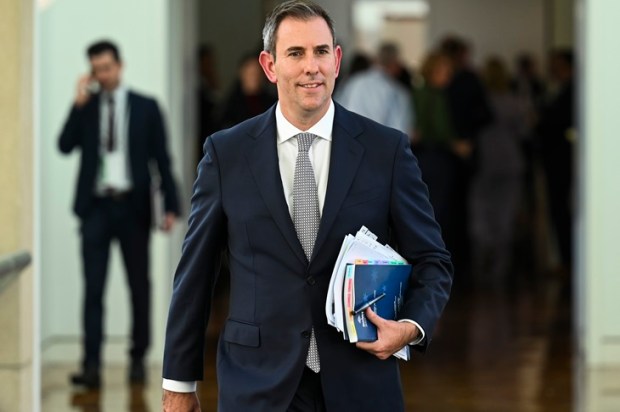In 1987 a very important volume appeared by economic historian Roberts Higgs entitled Crisis and Leviathan. Although packed with a wealth of detailed information, the basic thesis of the 350-page book is straightforward enough: governments will always take advantage of crises in order to grow larger. But once the crisis has passed, they never revert to their previous size.
Leviathan remains untamed. We all know – in theory at least – that the left favours big government while the right favours small government. But reality has a habit of slam-dunking theories. Many Australian conservatives and free marketeers certainly got a big whiff of that reality with the recently handed down federal budget.
They were left scratching their heads, wondering if this was not actually a Labor budget. Although labelled a COVID budget, what the Liberals gave us was alarming, to say the least. The truth is, COVID did not cause the recession – totally unwarranted government lockdown policies did.
And now we are all paying for it – as will our children and grandchildren. Gross debt will pass $1 trillion by 2023-24. Free-market groups such as the IPA are arguing that it will not be until 2080 before we can pay it all back. Fiscal conservatives are gobsmacked.
The Libs had wanted to see government spending as a percentage of GDP kept under 25 per cent, which it had been until recently. But for the tax year 2019-2020, it is 29.2 per cent, and for 2020-2021 the estimate is 34.4 per cent. Big government is well and truly here – but this under a Morrison government. Shorten would have done much the same.
As I reflect – with great angst — on the Australian situation, I can’t help but think of my home country. I keep thinking we could use a few more Reagans today to help keep Leviathan in check. To understand the leftist rage against Ronald Reagan as he won the White House in 1980, and again in 1984, we need to know something about American history, and the ideological war over the nature and extent of the state.
For almost a century before Reagan won office the vision of the Founding Fathers for limited government was being turned on its head. For many decades the United States did a pretty good job of keeping the state in check while maximising individual liberties and running on free-market principles. But by the turn of last century, things began to move away from what the Founders envisaged, and the powers and scope of the state started to expand greatly.
Government interventionism picked up steadily from around the time of WWI and went on from there. Already by the time of FDR and his New Deal, the foundations had been laid for the rise of the welfare state. Johnson’s Great Society simply added to this structure, while Presidents like Obama further iced the statist cake in so many ways.
The upward march (or downward spiral, depending on your point of view) of the state as Leviathan has mainly been all one way, but occasional stalls to the direction have been noted. Trump, of course, saw the bigger picture here: it was not just the Democrats and establishment Republicans that needed attention — the ‘swamp’ itself needed draining.
Plenty of writers, historians and commentators have addressed all this. One thinks of the superlative volume by British historian Paul Johnson, A History of the American People (Harper Collins, 1997). But if you do not have the time or the desire to read through his 1100 pages, perhaps just one chapter from a new book will fit the bill.
I refer to Ben Shapiro’s How to Destroy America in Three Easy Steps (Broadside Books, 2020). In it, he looks at three key areas which radical leftism (what he calls “disintegrationism”) and conservatism (what he calls “unionism”) so strongly differ on.
These three key elements are: “America’s philosophy of reason, equality, liberty, and limited government; America’s culture of individual rights and social duties; and America’s shared history.” In Chapter Five he looks at the conservative view of American history and offers us a helpful but brief look at how this increase in government power and intervention took place.
He notes how Ronald Reagan surprised – and infuriated – the left when he helped to put a pause to this growth in statism and big government. What Reagan said and sought to achieve was a breath of fresh air compared to decades of statism. He rejected the mindset that more government was the answer to all our problems.
While he did not always succeed in taming Leviathan (in part because of opposition from Congress and the mainstream media), his intentions were certainly right. Decades on, his speeches are still a source of inspiration and encouragement, so let me quote from one of them.
In his First Inaugural Address delivered on January 20, 1981 he said:
The economic ills we suffer have come upon us over several decades. They will not go away in days, weeks, or months, but they will go away. They will go away because we, as Americans, have the capacity now, as we have had in the past, to do whatever needs to be done to preserve this last and greatest bastion of freedom.
In this present crisis, government is not the solution to our problem; government is the problem.
From time to time, we have been tempted to believe that society has become too complex to be managed by self-rule, that government by an elite group is superior to government for, by, and of the people. But if no one among us is capable of governing himself, then who among us has the capacity to govern someone else? All of us together, in and out of government, must bear the burden. The solutions we seek must be equitable, with no one group singled out to pay a higher price.
Inspiring words indeed. Shapiro says this about the Reagan Revolution:
This amounted to nothing less than an utter reversal of American movement toward progressivism—a movement that had continued virtually unabated for eight decades, with the brief exception of the 1920s. Reagan’s economic agenda was threefold: first, lowering taxes in order to stop punishing businesses for success, and to incentivize investment and growth; second, to relieve regulatory burdens that had hamstrung entrepreneurs; and finally, to stop inflation in its tracks, granting the predictable basis for economic growth missing since the advent of government growth under LBJ. By the end of Reagan’s administration, the American economy was booming—America had produced 14 million new net jobs. The Dow Jones traded at just over 900 the month Reagan took office; when he left, it was over 2,200. The financial industry boomed as investment capitalism replaced managerial capitalism. Reagan’s greatest failure lay in his inability to rein in federal spending—which has continued to skyrocket to this day.
Yes, Reagan was not perfect. No political leader is. But in an age where the West is actually falling for the lie that socialism is the way forward – be it from an AOC or a Sanders or a Corbyn or some wild-eyed Australian Greens leader — we sure could use some more Reagans to put the brakes on out of control Leviathan.
Bill Muehlenberg is a Melbourne cultural commentator.
Got something to add? Join the discussion and comment below.
Get 10 issues for just $10
Subscribe to The Spectator Australia today for the next 10 magazine issues, plus full online access, for just $10.


























Comments
Don't miss out
Join the conversation with other Spectator Australia readers. Subscribe to leave a comment.
SUBSCRIBEAlready a subscriber? Log in